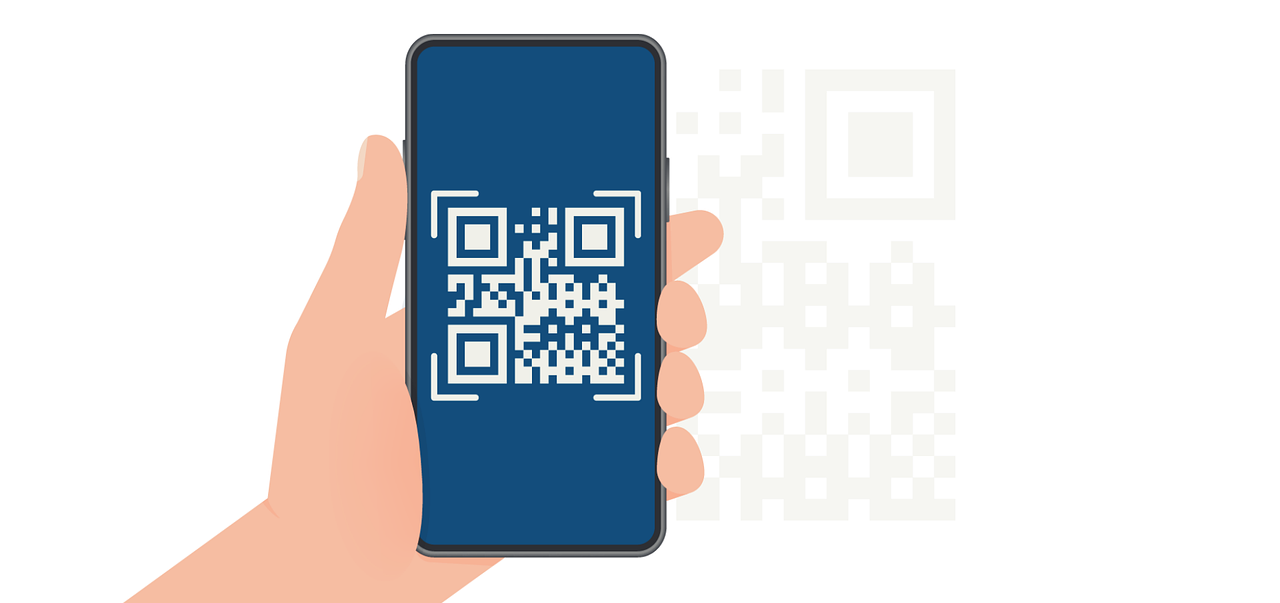Revell Email Color Chart: Optimize Your Transactional Emails with Perfect Color Consistency
Optimize transactional emails with the Revell Email Color Chart. Achieve consistent, professional colors across all platforms with ease.

When it comes to designing transactional emails, developers often overlook one crucial element—color consistency.
Did you know that humans can recognize over 10 million colors, yet just a small shift in tone can make or break your email’s visual appeal?
Enter the Revell Email Color Chart, a tool specifically designed to ensure your emails look perfect across every platform and device.
In this article, we will explore:
- How the chart simplifies embeddable color codes.
- Ways to seamlessly integrate it into your transactional emails.
- How color psychology can influence behavior in your transactional emails.
- Advanced techniques for using these colors in your designs.
Revell Email Color Chart: Your Go-To Resource for Embeddable Color Codes
This color chart is a valuable tool for developers seeking to implement consistent and visually appealing color schemes in their email templates.

The chart typically includes a range of colors, from primary hues to subtle shades, each with its corresponding hex code. These colors have been tested for compatibility across major email clients, ensuring that your emails maintain their intended appearance regardless of the recipient's device or platform.
Looking for an easy way to integrate these colors into your workflow? Download our Revell Email Color Chart template below, which includes a list of the most popular color names, codes, finishes, and RGB/HEX values.
DOWNLOAD OUR REVELL EMAIL COLOR CHART TEMPLATE HERE
Use it to quickly find the colors you need for transactional emails or PDF documents, ensuring your designs stay consistent and on-brand.
Key benefits of this Color Chart:
- Cross-client consistency
- Optimized for email rendering
- Carefully selected for readability and visual appeal
By leveraging this resource in your email development process, you can streamline color selection and ensure a professional, cohesive look for your transactional emails.
Decoding Color: Understanding Color Codes in Email Development
Before diving deeper into implementation, it's crucial to understand the various color code formats used in email development. This knowledge will empower you to make informed decisions when working with colors in your email templates.
Common Color Code Formats
- Hexadecimal (HEX) Codes
- Format: #RRGGBB
- Example: #FF5733
- Usage: color: #FF5733;
- RGB (Red, Green, Blue)
- Format: rgb(R, G, B)
- Example: rgb(255, 87, 51)
- Usage: color: rgb(255, 87, 51);
- HSL (Hue, Saturation, Lightness)
- Format: hsl(H, S%, L%)
- Example: hsl(9, 100%, 60%)
- Usage: color: hsl(9, 100%, 60%);
When working with email templates, it's generally recommended to use HEX codes due to their wide support across email clients. However, understanding all these formats will give you more flexibility in your color management approach.
Implementing the Color Chart in Transactional Emails
Now that we've covered the basics, let’s explore how to effectively implement this tool in your transactional email templates.
By following these best practices, you’ll ensure that your emails not only look great but also maintain consistency across different platforms.
Best Practices for Color Implementation
- Define a color palette based on the Revell Chart Create a set of primary and secondary colors from the chart that align with your brand identity. This palette will serve as the foundation for your email designs.
- Use CSS custom properties for easy management Implement CSS custom properties (variables) to manage your colors efficiently:
- Maintain consistency in your color usage Assign specific colors to particular elements consistently throughout your email templates. For example:
- Call-to-action buttons: Primary color
- Headings: Secondary color
- Links: Accent color
- Consider color psychology Choose colors that evoke the right emotions and align with your message. For instance, use calming blues for transactional emails related to financial services, or energetic oranges for promotional content.
By adhering to these best practices, you'll create visually appealing and consistent transactional emails that effectively represent your brand across various email clients.
Follow our HTML Email Checklist for detailed guidance on structuring your emails.
Ensuring Accessibility: Color Contrast in Email Development
While aesthetics are important, it's crucial not to overlook accessibility when implementing your color scheme. Ensuring proper color contrast is essential for readability and inclusivity in your email designs.
Pro Tip: Using an email builder can help streamline this process by offering built-in tools to check color contrast and accessibility, ensuring your designs are both visually appealing and user-friendly for all audiences.
Color Contrast Guidelines
The Web Content Accessibility Guidelines (WCAG) provide standards for color contrast:
- Normal Text: A contrast ratio of at least 4.5:1
- Large Text: A contrast ratio of at least 3:1
- UI Components and Graphical Objects: A contrast ratio of at least 3:1
Tools for Checking Color Accessibility
- WebAIM Contrast Checker: An online tool to check the contrast ratio between two colors.
- Color Oracle: A colorblindness simulator to test your designs for various types of color vision deficiencies.
- Accessible Color Generator: A tool that suggests accessible color combinations based on WCAG guidelines.
By prioritizing accessibility in your color choices, you ensure that your transactional emails are readable and effective for all recipients.
Color Psychology in Transactional Emails
In the realm of transactional emails, every element plays a crucial role in user engagement and action. As developers, we often focus on functionality and compatibility, but the psychology behind color choices can dramatically influence user behavior and engagement.
Track the impact of colors like blue and green on user engagement using email analytics.
The Impact of Colors on User Behavior
Colors evoke emotions and associations that can subtly guide user actions. Let's explore how key colors from the Revell Chart can be leveraged in your transactional emails:
1. Blue: Trust and Stability
Blues in the Revell Chart (like #3357FF) convey reliability and professionalism. They're ideal for:
- Account security notifications
- Payment confirmations
- Login alerts
User Impact: Blue can increase users' sense of security, potentially reducing support inquiries and boosting confidence in your service.
2. Green: Growth and Success
Greens (such as #33FF57) signify positivity and progress. Use them for:
- Order confirmations
- Task completion notifications
- Positive account status updates
User Impact: Green can reinforce positive feelings about a transaction, potentially increasing customer satisfaction and loyalty.
3. Red: Urgency and Importance
Reds (like #FF5733) grab attention and create a sense of urgency. They're effective for:
- Critical account alerts
- Limited-time offers in transactional upsells
- Error notifications
User Impact: Red can prompt immediate action, but use it sparingly to avoid overwhelming users.
4. Yellow: Optimism and Clarity
Yellows in the Revell Chart can brighten the mood and highlight information. They're great for:
- Tips and helpful information sections
- Highlighting new features or updates
- Cautionary notices (when used with care)
User Impact: Yellow can draw attention to important details without causing alarm, potentially improving information retention.
5. Purple: Luxury and Creativity
Purples (such as #BD33FF) add a touch of elegance and uniqueness. Consider them for:
- VIP customer communications
- Creative service notifications
- Premium feature announcements
User Impact: Purple can enhance perceived value, potentially increasing engagement with premium services or features.
The psychological impact of colors in transactional emails is undeniable. By using colors from the chart strategically, you can influence user behavior, improve engagement rates, and foster trust and confidence.
Whether you’re driving urgency with red, instilling trust with blue, or creating positive emotions with green, each color has a role to play in guiding your audience to the desired action.
Cross-Client Color Rendering: Navigating the Challenges
One of the biggest challenges in email development is ensuring consistent color rendering across different email clients.
Here's how you can address common issues and maintain color consistency:
Common Color Rendering Issues
- Color shifts in Outlook: Some versions of Outlook may render colors differently due to color profile mismatches.
- Gamma correction in webmail clients: Webmail clients might apply gamma correction, affecting color appearance.
- Dark mode color inversions: Email clients with dark mode may invert or adjust your colors unexpectedly.
Solutions and Best Practices
- Use web-safe colors: Stick to shades that are tested for cross-client compatibility.
- Implement fallback colors: Use CSS to define fallback colors for clients that don't support certain color formats:
- Test extensively: Use email testing tools like Litmus or Email on Acid to preview your emails across various clients and devices.
- Consider dark mode: Design with dark mode in mind, using appropriate color contrasts that work well in both light and dark environments.
By addressing these challenges proactively, you'll ensure that your transactional emails maintain their intended appearance across a wide range of email clients and devices.
Advanced Color Techniques Using the Revell Email Color Chart
Subtle visual enhancements can significantly improve the professional appearance of your emails. Developers can create dynamic, visually engaging templates that work across all major platforms using advanced techniques like gradients and opacity.
Explore how effective layouts complement dynamic colors in our best email marketing layouts guide.
Creating Color Gradients That Work Across Email Clients
Gradients add depth and style to your email templates. However, not all email clients render gradients the same, so it's essential to apply them carefully and include fallback colors for consistency.
For example, shifting from Coral Red to Amber can enhance the visual flow while keeping the design modern.
Implementation Tip: Use a simple linear gradient and fallback colors to ensure the design looks polished on all platforms:
Using Opacity and Alpha Channels Effectively
Opacity is great for adding subtle effects like transparent buttons or hover effects without overwhelming the design. Adjusting the alpha channel in RGBA or HSLA values allows for transparent backgrounds while maintaining text visibility.
Example of a partially transparent button:
Pro Tip: Be careful when applying opacity to an element’s container, as it affects both background and text. To only affect the background, use RGB/HSLA.
By using color gradients and opacity, you can create emails that are visually appealing, professional, and consistent across all email clients. Always remember to test your designs on multiple platforms to ensure optimal performance.
Achieve Seamless Color Precision in Every Transactional Email
Incorporating this chart into your transactional email templates ensures flawless color consistency and professional-grade results. By utilizing accurate color codes, you can guarantee that your emails will render perfectly across all platforms.
This chart helps you maintain accessibility, manage cross-client color rendering, and create visually cohesive designs.
Take your transactional email designs to the next level with Expressa’s embeddable tools for seamless email and PDF creation.
Ready to take your email designs to the next level? Contact us today for personalized assistance.


